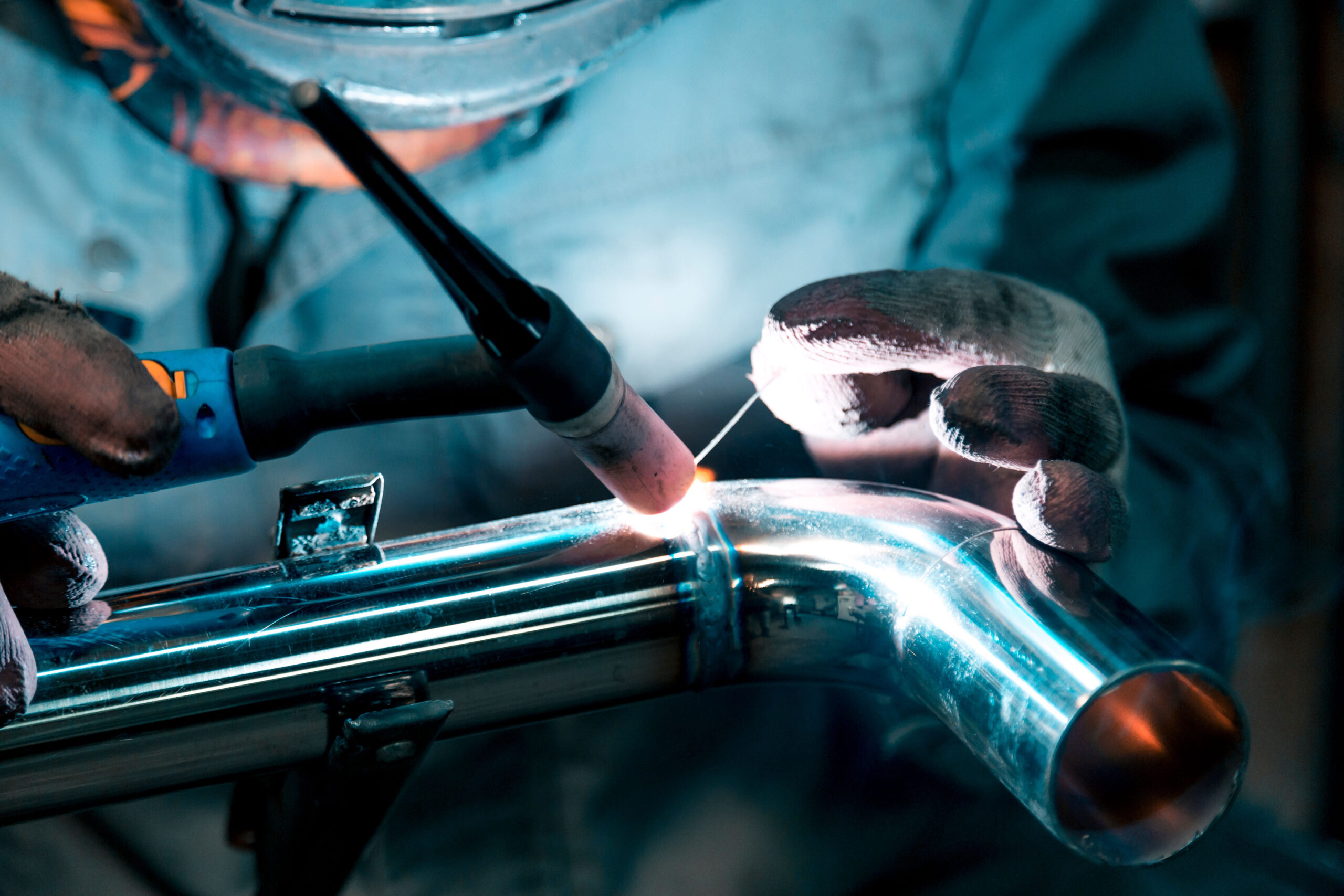Optimizing Your Welding WPS: Methods for Improved Efficiency and Efficiency
Optimizing Your Welding WPS: Methods for Improved Efficiency and Efficiency
Blog Article
Getting Welding Excellence: Introducing the Secrets of WPS Execution and Optimization
In the realm of welding, attaining excellence is a pursuit that pivots on the precise execution and optimization of Welding Procedure Specifications (WPS) By delving into the key aspects, approaches, obstacles, and ideal techniques associated with WPS, a globe of welding quality waits for those who are eager to explore its midsts.
Value of WPS in Welding
The Significance of Welding Treatment Requirements (WPS) in the welding sector can not be overemphasized, functioning as the foundation for ensuring consistency, quality, and safety in welding operations. A WPS provides thorough instructions on just how welding is to be carried out, including vital variables such as products, welding processes, joint layout, filler metals, preheat and interpass temperatures, welding currents, voltages, traveling rates, and more. By adhering to a distinct WPS, welders can maintain harmony in their work, resulting in constant weld high quality across different projects.

Crucial Element of WPS
Going over the essential components of a welding treatment spec (WPS) is crucial for understanding its function in welding procedures. An extensive WPS consists of numerous crucial elements that lead welders in accomplishing top quality and uniformity in their work. One important facet of a WPS is the welding process spec, which details the details welding processes to be utilized, such as gas tungsten arc welding (GTAW) or protected steel arc welding (SMAW) Furthermore, the WPS includes information on the welding products, such as the type and specifications of the base metal and filler steel to be utilized. The WPS additionally defines important variables like welding criteria, preheat and interpass temperature level requirements, and post-weld heat therapy procedures. In addition, it includes info on joint layout, fit-up, and any kind of special techniques or precautions required for the welding operation. By integrating these crucial components right into the WPS, welding treatments can be standard, making certain quality, efficiency, and safety in welding operations.
Approaches for WPS Optimization

Secondly, training and qualification of welding workers according to the details needs of the WPS is paramount. Giving extensive training programs and making sure that welders are accredited to carry out procedures described in this content the WPS can result in better welds and decreased rework.
Furthermore, leveraging modern technology such as welding software program and tracking systems can help in optimizing WPS. These devices can assist in monitoring variables, making certain criteria are within specified limits, and providing real-time feedback my latest blog post to welders, enabling them to make instant changes for improved weld high quality.
Usual Difficulties and Solutions
Facing barriers in executing the techniques for WPS optimization can hinder welding operations' performance and quality. One typical obstacle is poor training or understanding of the welding treatment requirements (WPS) amongst the welding group.
One more difficulty is the absence of proper documentation and record-keeping, which is vital for WPS optimization. Without clear records of welding specifications, products made use of, and examination outcomes, it ends up being challenging to recognize areas for enhancement and make sure uniformity in welding processes. Implementing a durable paperwork system, such as electronic welding administration software program, can assist enhance record-keeping and help with data evaluation for constant renovation.
In addition, irregular welding equipment calibration and upkeep can present a significant obstacle to WPS optimization. Regular devices checks, calibration, and maintenance routines ought to be adhered to purely to make sure that welding criteria are properly controlled and kept within the specified resistances (welding WPS). By dealing with these typical challenges with positive services, welding operations can boost efficiency, high quality, and general welding excellence
Ideal Practices for WPS Execution
To make certain successful WPS execution in welding operations, adherence to sector standards and meticulous attention to detail are paramount. When initiating WPS implementation, it is vital to start by completely understanding the certain welding needs of the project. This requires an extensive review More Bonuses of the welding procedure requirements, products to be welded, and the environmental conditions in which the welding will certainly take location.
Once the demands are clear, the following action is to pick the suitable welding treatment that straightens with these specs. This includes consulting the relevant codes and criteria, such as those supplied by the American Welding Culture (AWS) or the International Organization for Standardization (ISO), to make sure conformity and quality.
Additionally, recording the whole WPS execution procedure is necessary for traceability and top quality control. Thorough records ought to be kept pertaining to welding parameters, product prep work, interpass and preheat temperatures, welding consumables made use of, and any kind of inconsistencies from the initial procedure. Routine audits and evaluations of the WPS can assist determine areas for improvement and ensure ongoing optimization of the welding procedure.


Final Thought
To conclude, the execution and optimization of Welding Procedure Requirements (WPS) is vital for achieving welding quality. By understanding the crucial elements of WPS, carrying out effective approaches for optimization, dealing with typical obstacles, and complying with finest techniques, welders can ensure premium welds and safe working conditions. It is imperative for professionals in the welding market to prioritize the appropriate application of WPS to enhance total welding performance and achieve desired results.
The Value of Welding Treatment Requirements (WPS) in the welding industry can not be overemphasized, offering as the backbone for making sure uniformity, quality, and safety in welding procedures. A WPS gives detailed directions on exactly how welding is to be lugged out, including vital variables such as products, welding procedures, joint style, filler metals, interpass and preheat temperatures, welding currents, voltages, traveling rates, and a lot more. One critical facet of a WPS is the welding procedure spec, which describes the specific welding processes to be utilized, such as gas tungsten arc welding (GTAW) or protected steel arc welding (SMAW) By integrating these vital components right into the WPS, welding treatments can be standardized, ensuring top quality, performance, and security in welding procedures.
It is imperative for experts in the welding industry to prioritize the appropriate application of WPS to improve overall welding efficiency and accomplish wanted outcomes.
Report this page